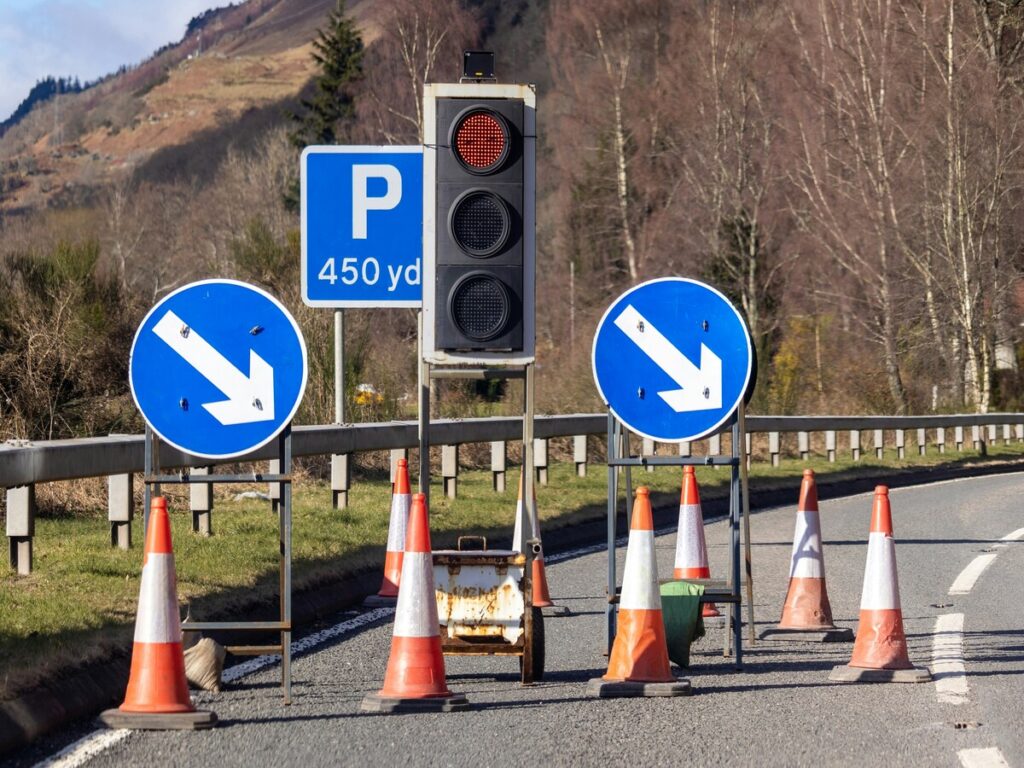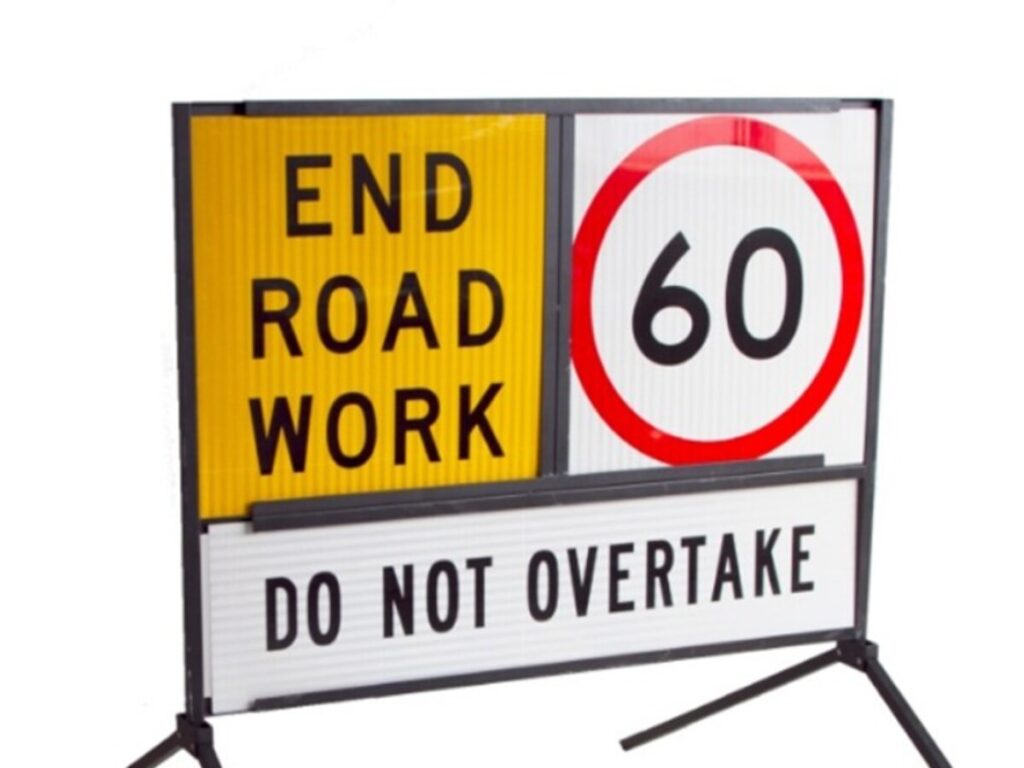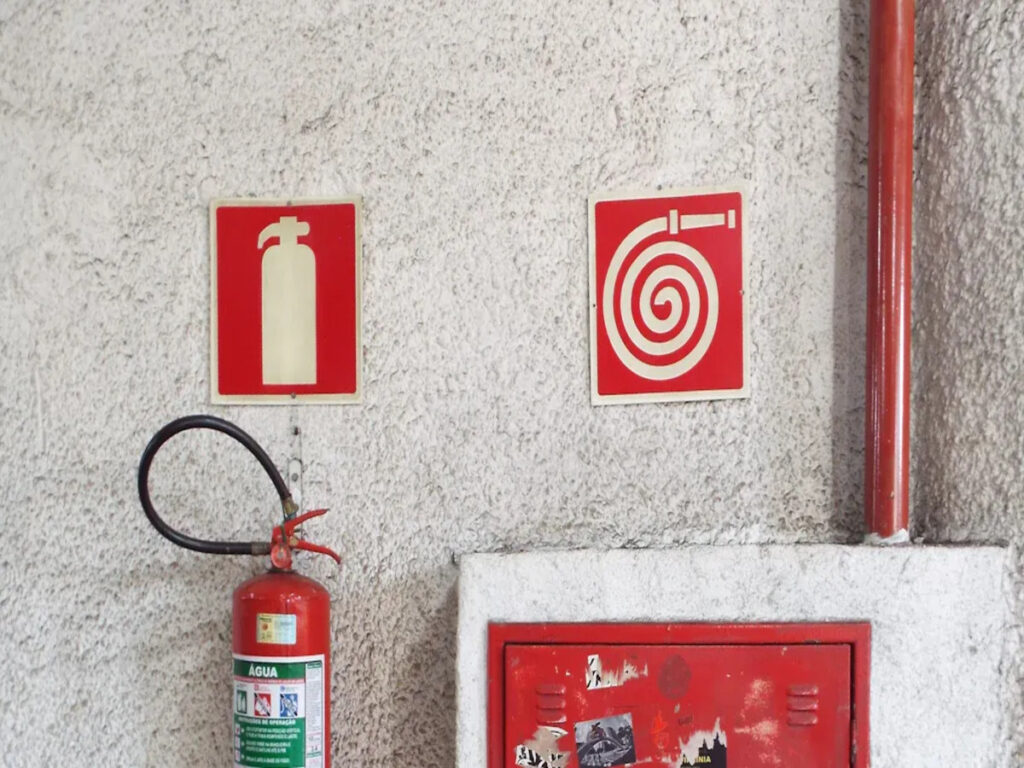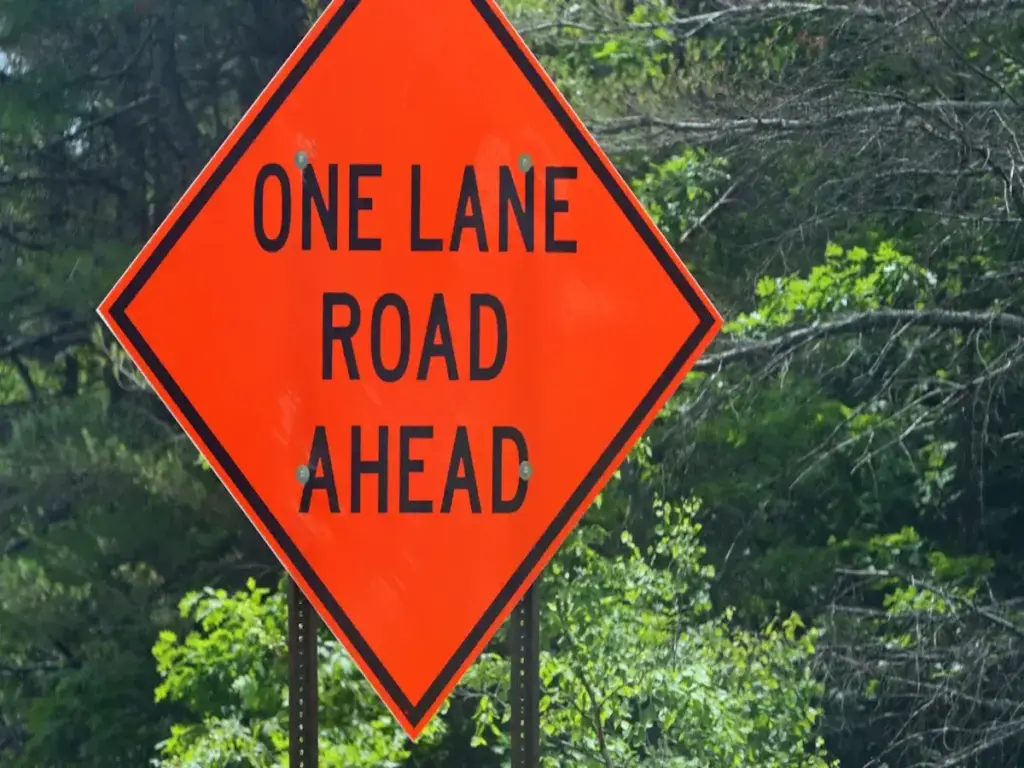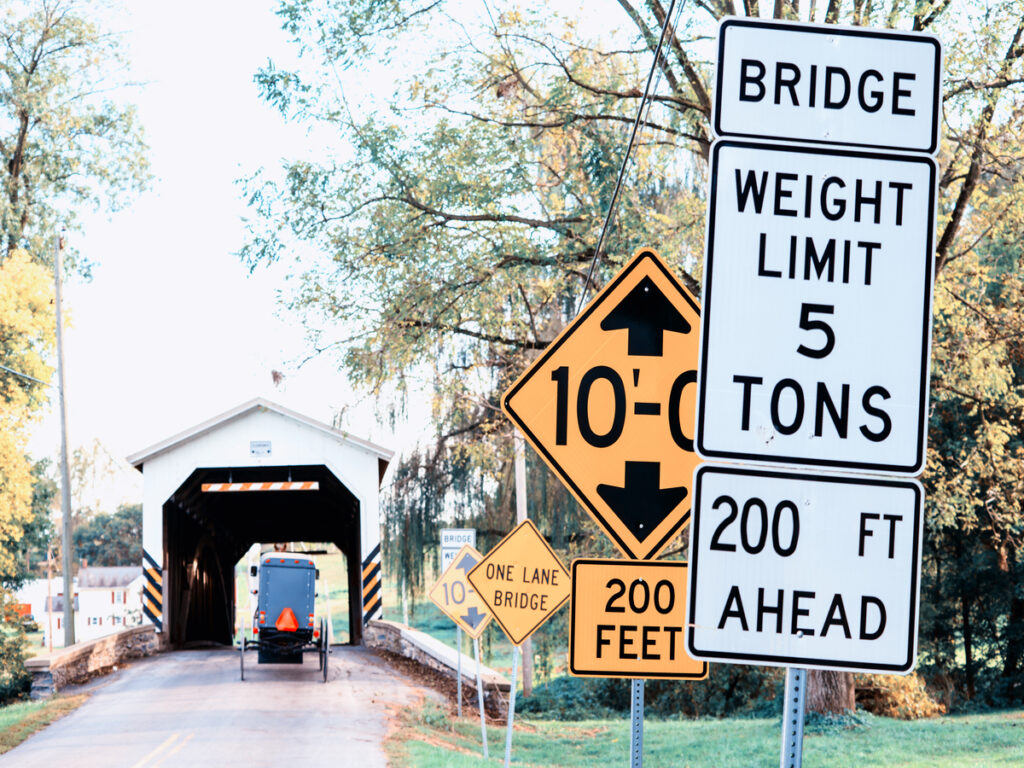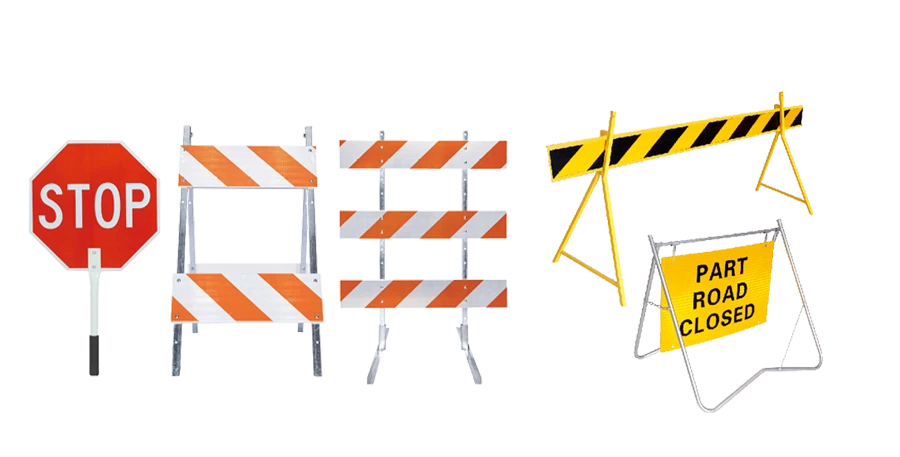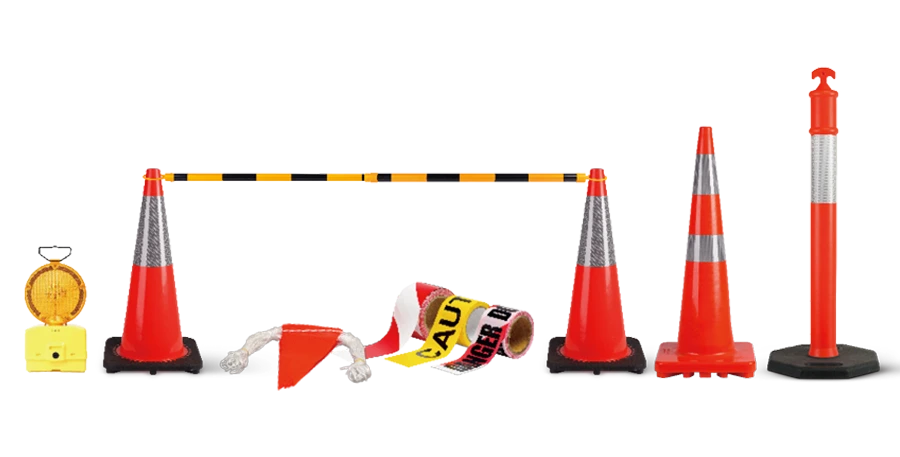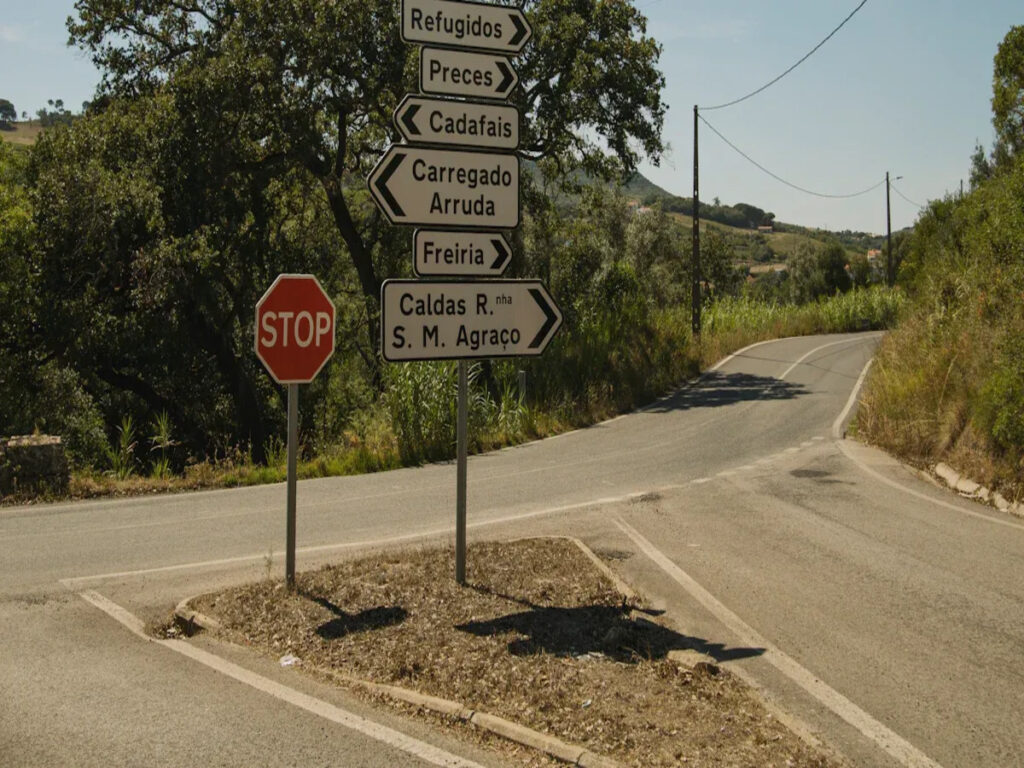
I segnali stradali potrebbero sembrare uguali ovunque, Ma le loro cornici per segni stradale differiscono. Queste differenze provengono da come le aree gestiscono il tempo e le esigenze. Ad esempio, Il clima duro dell'Australia richiede forti cornici per i segnali stradali. Negli Stati Uniti, Le città si concentrano su cornici facili da configurare. In Europa, Molte lingue significano i telai dei segni stradali devono contenere segni multilingue. Comprensione di queste differenze mostra come i frame dei segnali stradali si adattano alle esigenze locali, Aiutare a mantenere le strade sicure e funzionanti bene.
Per esplorare come sono classificati diversi tipi di cornici dei segni e perché vengono utilizzati in scenari specifici, Dai un'occhiata al nostro blog: Comprensione della classificazione del telaio dei segni stradale e dei loro ruoli funzionali.
Takeaway chiave
- Le cornici dei segni stradali sono diversi in ogni regione per soddisfare le esigenze. Gli Stati Uniti. li rende facili da configurare, L'UE si concentra sul riutilizzo, E l'Australia li costruisce forti per il maltempo.
- Negli Stati Uniti, Il MUTCD consente ai designer di raccogliere cornici flessibili. Questo aiuta i conducenti a vedere i segni chiaramente in base alle esigenze locali.
- L'UE usa la Convenzione di Vienna per rendere il contenuto del segno lo stesso. Tuttavia, I progetti di cornici possono cambiare per adattarsi alle aree locali mantenendo i segni facili da capire.
- L'Australia è come 1742 La guida vuole che le cornici gestiscano il tempo difficile. Basi pesanti e materiali forti mantengono i segni costanti e facili da vedere.
- Scegliere il telaio del cartello stradale giusto rende le strade più sicure e migliori. Conoscere il tempo e le esigenze della città aiuta a scegliere la cornice migliore.
Cornici per segni stradali negli Stati Uniti
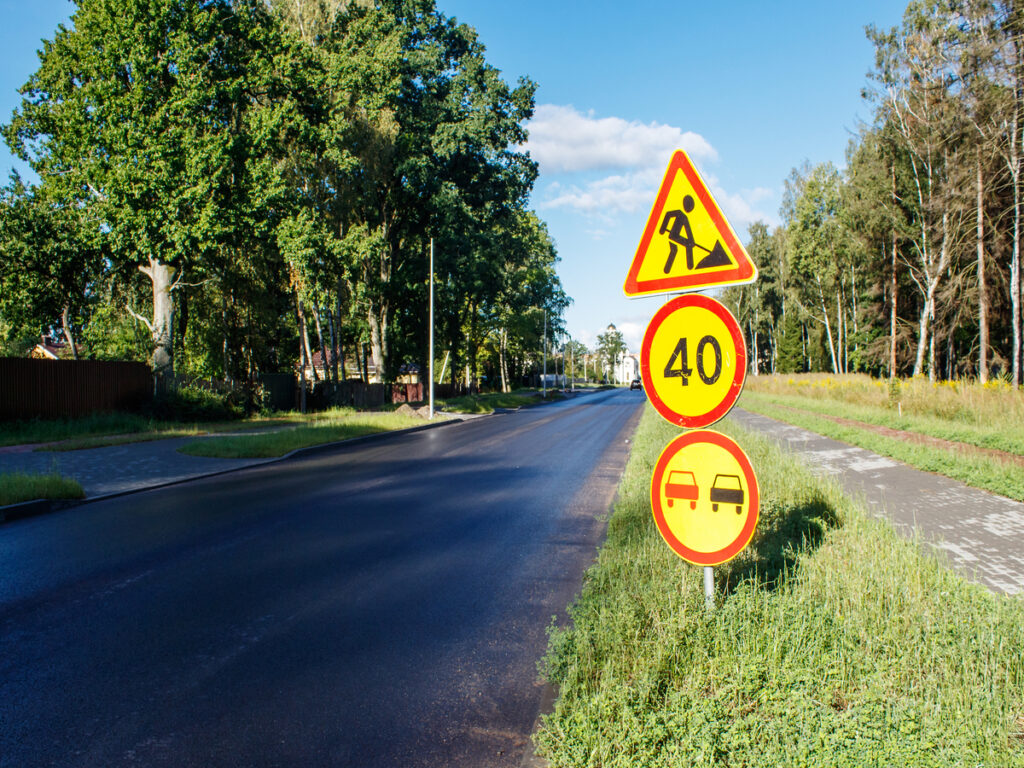
Standard e linee guida legali (MUTCD)
Negli Stati Uniti, IL Manuale sui dispositivi di controllo del traffico uniforme (MUTCD) imposta le regole per i segnali stradali. Queste regole si concentrano su dove vanno i segni e quanto sono facili da vedere. Non si concentrano molto sulla progettazione dei frame che tengono i segni. Per esempio, MUTCD fornisce dimensioni per segni come “ACCESSO VIETATO” e segni di limite di velocità.
| Tipo di segno | Dimensioni (pollici) |
|---|---|
| ACCESSO VIETATO | Posizionamento laterale destro |
| Limite Minimo di Velocità | 24 X 30, 36 X 42, 48 X 54 |
Mentre MUTCD non richiede determinati tipi di frame, fa stress segni chiari e leggibili. Questo consente alle persone di raccogliere cornici che funzionano meglio per la loro area e le loro esigenze.
Tipi di frame popolari per zone temporanee
Zone temporanee negli Stati Uniti. spesso hanno bisogno di cornici che siano facili da spostare e configurare velocemente. Le scelte comuni includono frame altalene, cornici di scorrimento, e frame A leggero. Questi frame funzionano bene con pannelli portatili o palette di arresto/lenta, rendendoli fantastici per cantieri o uso a breve termine.
Questi frame sono realizzati per essere semplici da gestire e facili da usare. I lavoratori possono prepararli rapidamente, che risparmia tempo e riduce i rischi. Il loro peso leggero li rende anche facili da trasportare in luoghi diversi, che è importante per le configurazioni temporanee.
Applicazioni pratiche nelle aree urbane e in cantiere
Cities and Worksites hanno bisogni speciali per le cornici dei segni stradali. Nelle città, I segni devono distinguersi da tutte le altre cose che le persone vedono. A Worksites, I segni devono essere forti e flessibili. Gli studi dimostrano che i segni aerei funzionano meglio nelle città perché sono più facili da notare.
| Tipo di trattamento | Conti di posizione corsia | Efficacia dei segni |
|---|---|---|
| Segno aereo | Altro nella corsia di sinistra | Efficace |
| Due segni montati a terra | Alcuni nella corsia di sinistra | Efficace |
| Un segno montato a terra | Pochi nella corsia di sinistra | Meno efficace |
Nei lavori rurali, Frame più semplici come quelli a terra sono migliori. Costano meno e sono più facili da prendersi cura. Queste cornici funzionano bene in luoghi con meno distrazioni. Scegliere la cornice giusta per l'area aiuta a rendere i segni facili da vedere e mantengono le persone al sicuro.
Per imparare cosa rende conforme a una cornice portatile portatile conforme - e perché ciò conta - controlla la nostra guida: Cosa rende conformi ai segnali stradali portatili.
Cornici per segni stradali nell'Unione europea
Ruolo della Convenzione di Vienna
IL Convenzione di Vienna imposta le regole per i segnali stradali nell'UE. Garantisce che i segni abbiano lo stesso design, colori, e significati. Ma non controlla i frame che tengono i segni. I segni possono sembrare uguali in tutti i paesi, Ma le loro cornici possono variare molto.
I segni uniformi aiutano i conducenti a capirli rapidamente, Anche in nuovi luoghi. Questo riduce la confusione e rende le strade più sicure. Tuttavia, Nessuna regola specifica per i frame significa che i paesi possono progettarli per soddisfare le esigenze locali, Come il tempo o la pianificazione della città.
Differenze nei progetti di cornici tra i paesi
I paesi dell'UE hanno diversi modi di costruire cornici per segni stradale. Alcuni usano basi di treppiede per segni temporanei, mentre altri preferiscono strutture metalliche. I supporti pieghevoli sono comuni in cui il salvataggio dello spazio è importante.
Le città usano spesso cornici moderne che corrispondono al loro aspetto elegante. Le aree rurali hanno bisogno di cornici forti per gestire il tempo difficile. Queste scelte mostrano come i paesi mescolano l'utilità con i propri stili.
Concentrati sulle esigenze di riusabilità e linguaggio
I frame riutilizzati sono importanti nell'UE. Le cornici dei segni modulari sono popolari perché sono facili da mettere insieme e smontare. Funzionano bene per configurazioni temporanee come le zone di costruzione.
I frame devono anche tenere pannelli per lingue diverse. In aree con molte lingue, Questo aiuta a evitare di fare nuove cornici per ogni segno. Concentrandosi sulla riusabilità e sulle opzioni linguistiche, L'UE mostra i valori di efficienza ed equità.
Cornici per segni stradali in Australia
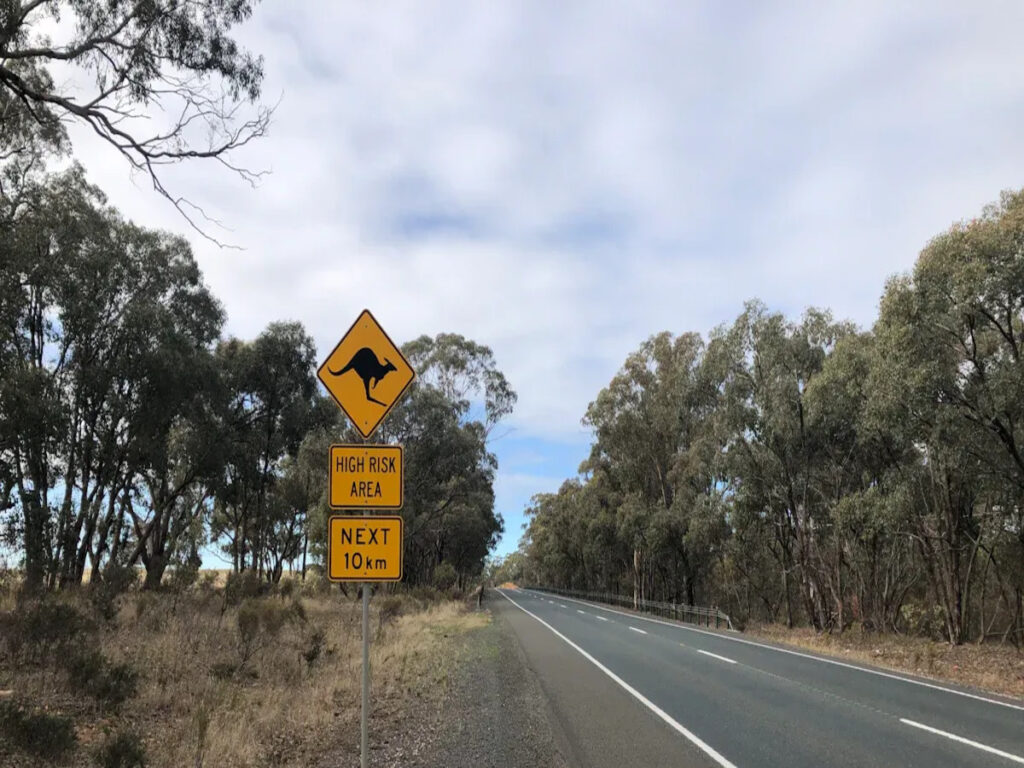
Regole e sfide meteorologiche (COME 1742)
L'Australia usa il COME 1742 Manuale per i segnali stradali. Questa guida si concentra sui dettagli dei segni e sui problemi meteorologici difficili. Le cornici australiane per i segnali stradali sono fatti per gestire forti venti e calore. Nelle aree rurali, Tempes e venti forti sono comuni, Quindi i frame devono rimanere fermi.
Il manuale suggerisce di utilizzare frame che migliorano la sicurezza e la visibilità. Per esempio, Le zone minerarie usano spesso basi pesanti per smettere di ribaltare. Questo mantiene i segni stabili con il tempo duro. Seguendo queste regole, I segnali stradali rimangono al sicuro e si adattano alle esigenze locali.
Cornici popolari per aree rurali e rischiose
I diversi paesaggi dell'Australia hanno bisogno di cornici speciali. Nei luoghi rurali, I cornici oscillanti e i telai montati sulla barriera sono comuni. Questi fotogrammi sono semplici da configurare e gestire il clima approssimativo. Gli stand di base pesanti vengono utilizzati anche in punti rischiosi come aree ventose o zone di costruzione.
La tabella seguente mostra ciò che influenza le scelte del frame in queste aree:
| Tema | Descrizione |
|---|---|
| Costo | I frame dovrebbero essere convenienti per le aree con meno risorse. |
| Visibilità | I frame devono lavorare per persone di tutte le età e capacità. |
| Bisogni linguistici | I segni multilingue sono fondamentali nelle aree con molte culture. |
| Infrastruttura | I frame dovrebbero adattarsi a luoghi con edifici o strade limitate. |
| Forza | Sono necessari frame forti per sopravvivere a pericoli naturali nelle aree remote. |
Questi frame mostrano come l'Australia si concentra sulla forza e l'utilità. Risolvono problemi in luoghi rurali e rischiosi.
Concentrati sulla forza e sulla protezione del vento
Le cornici australiane per i segni stradali sono costruite per durare. Sono fatti per rimanere forti con il tempo difficile. La protezione del vento è molto importante nelle aree aperte in cui le raffiche possono far cadere i segni. Base pesanti e materiali forti mantengono i segni costanti.
I frame devono anche funzionare bene per molto tempo. I rivestimenti che fermano la ruggine e i materiali che bloccano i raggi UV aiutano i frame. Concentrandosi sulla forza e sulla protezione del vento, L'Australia si assicura che i segnali stradali siano utili e sicuri ovunque.
Confrontare le cornici dei segnali stradali in diverse regioni
Le regole si concentrano maggiormente sul contenuto dei segni che sul design del frame
Regole del segnale stradale negli Stati Uniti, Unione Europea, e l'Australia si concentra sul contenuto dei segni. Mirano a chiarire i segni per i conducenti, Ma i loro metodi differiscono.
- Negli Stati Uniti, MUTCD garantisce che i segni siano facili da vedere e da leggere. Non richiede progetti di cornice specifici, Consentire flessibilità per luoghi diversi.
- L'UE usa la Convenzione di Vienna per rendere il contenuto dei segni lo stesso tra i paesi. Questo aiuta i conducenti a capire i segni durante il viaggio. Disegni di cornici, Tuttavia, Vary in base alle esigenze locali.
- L'Australia è come 1742 Si concentra sulla sicurezza nel tempo difficile. Mentre copre principalmente il contenuto del segno, Suggerisce anche cornici forti per il vento e la durata.
Tutte le regioni si concentrano su messaggi chiari per i driver. Ma le regole del telaio sciolto consentono a ciascuna area di design per soddisfare le sue esigenze.
Frame temporanei e configurazione rapida
Le cornici temporanei dei carchi stradali sono fondamentali per le zone di costruzione e le deviazioni. La velocità con cui possono essere imposti influisce su quanto sono utili.
- Negli Stati Uniti, frame swing, cornici di scorrimento, e le cornici A sono comuni. Questi sono veloci da impostare e facili da spostare, Perfetto per Worksites in città..
- L'UE utilizza basi di treppiede e cornici modulari. Questi richiedono più tempo per impostare ma sono stabili e riutilizzabili. I disegni pieghevoli li rendono facili da archiviare e trasportare.
- L'Australia utilizza cornici swing e montate sulla barriera per segni temporanei. Questi sono costruiti per gestire venti forti e tempo duro.
Ogni regione bilancia la velocità di configurazione con stabilità e forza. Gli Stati Uniti. valori configurazioni rapide, Mentre l'Australia si concentra su cornici resistenti alle intemperie.
Meteo e struttura del telaio
Il tempo gioca un ruolo importante nel modo in cui sono realizzati i telai dei carri stradali. Ogni regione progetta cornici per gestire le sfide meteorologiche locali.
- Gli Stati Uniti. rende i frame versatili per le città e le aree rurali. Le cornici leggere sono facili da spostare ma potrebbero aver bisogno di ulteriore supporto nei punti ventosi.
- L'UE utilizza cornici modulari che funzionano su terreni diversi. Le città usano cornici moderne, Mentre le aree rurali hanno bisogno di quelle più forti per il maltempo.
- L'Australia si occupa di tempo estremo come il calore, tempeste, e venti forti. I telai qui hanno spesso basi e materiali pesanti che resistono alla ruggine.
Ecco come le regioni adattano i frame al tempo:
| Metodo usato | Caratteristiche chiave trovate |
|---|---|
| Chi-quadrato | Crash Day, Zona residenziale, Tipo di veicolo |
| ANOVA a due vie | Superficie stradale, Tipo di strada, Tempo di crash |
| Analisi di regressione | Genere, Tipo di licenza, Corsie, Uso della cintura di sicurezza |
Questi design mostrano come i frame soddisfano sia le regole legali che le esigenze del mondo reale.
Le cornici dei segnali stradali sono fatti per soddisfare le esigenze pratiche. Le regole sono flessibili, non severo. Gli Stati Uniti. Preferisce i cornici facili da spostare. All'UE piacciono le cornici che possono essere smontato e riutilizzate. L'Australia ha bisogno di cornici forti in grado di gestire il tempo difficile.
Conoscere queste differenze aiuta le persone a fare scelte intelligenti. Se fai, utilizzo, o gestire i segnali stradali, Cornici abbinamenti alle esigenze locali migliora la sicurezza e funziona meglio.
Le regioni mostrano come i frame devono soddisfare le proprie sfide. Questo aiuta a risolvere i problemi rimanendo utili e seguendo le regole.
Domande frequenti
Quali sono i principali cornici per i segni stradali negli Stati Uniti?
Frame swing, cornici di scorrimento, e le cornici A sono comuni negli Stati Uniti. Questi cornici per segni stradali sono leggeri e semplici da muoversi. Funzionano bene per l'uso a breve termine nelle città o nelle zone di costruzione.
Perché l'UE usa i telai dei segnali stradali modulari?
I frame modulari sono popolari nell'UE perché possono essere riutilizzati. Hanno segni con lingue diverse, che è utile in diverse aree. Questo consente di risparmiare e riduce gli sprechi.
In che modo l'Australia rende forti le cornici per i carchi stradali per il maltempo?
L'Australia utilizza basi pesanti e materiali duri per gestire venti forti. I frame hanno spesso rivestimenti per fermare la ruggine e bloccare i raggi UV. Questo li mantiene stabili e utili con il tempo duro.
Ci sono regole per i cornici dei segni stradali in questi luoghi?
Non ci sono regole rigorose per i frame dei segni stradali negli Stati Uniti, Unione Europea, o Australia. Le leggi si concentrano sui segni stessi. I disegni di cornici sono realizzati per adattarsi al tempo e alle esigenze del terreno locale.
In che modo i segnali stradali temporanei sono diversi in ogni regione?
Cornici temporanee negli Stati Uniti. sono veloci da impostare e facili da spostare. L'UE utilizza robusti cornici per treppiedi che possono essere riutilizzati. Le cornici dell'Australia sono costruite per resistere al vento e al tempo duro con basi pesanti.

